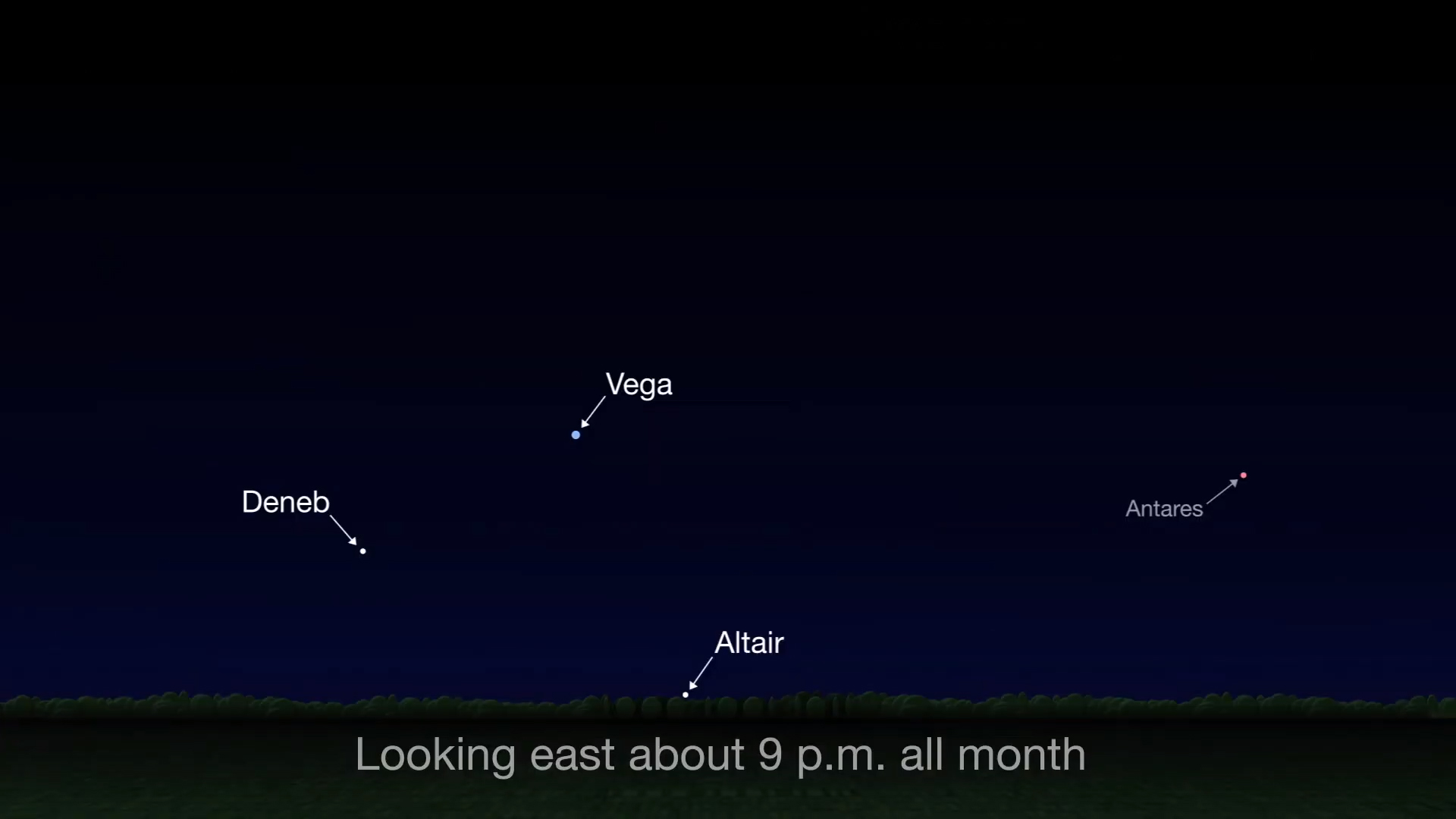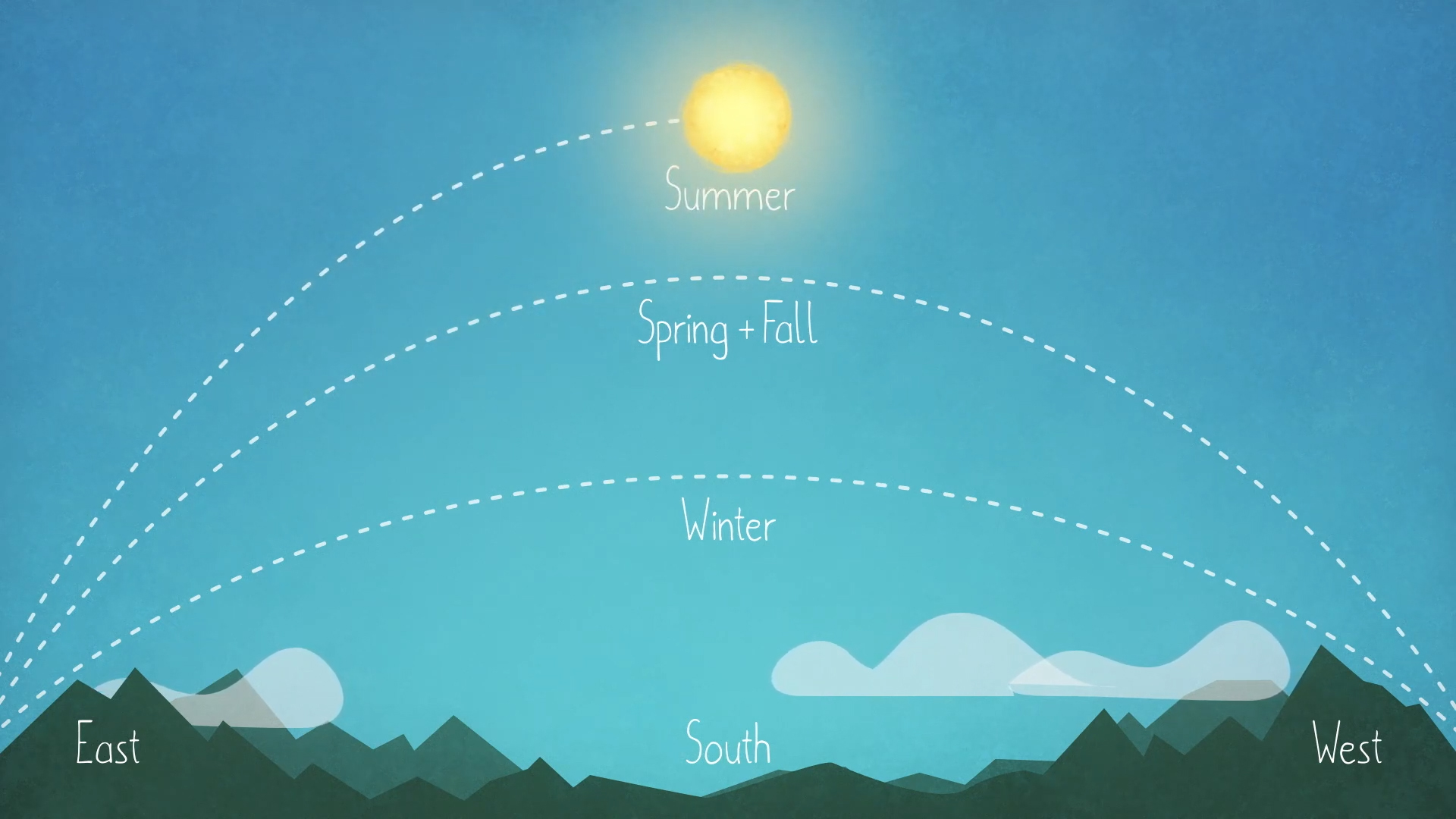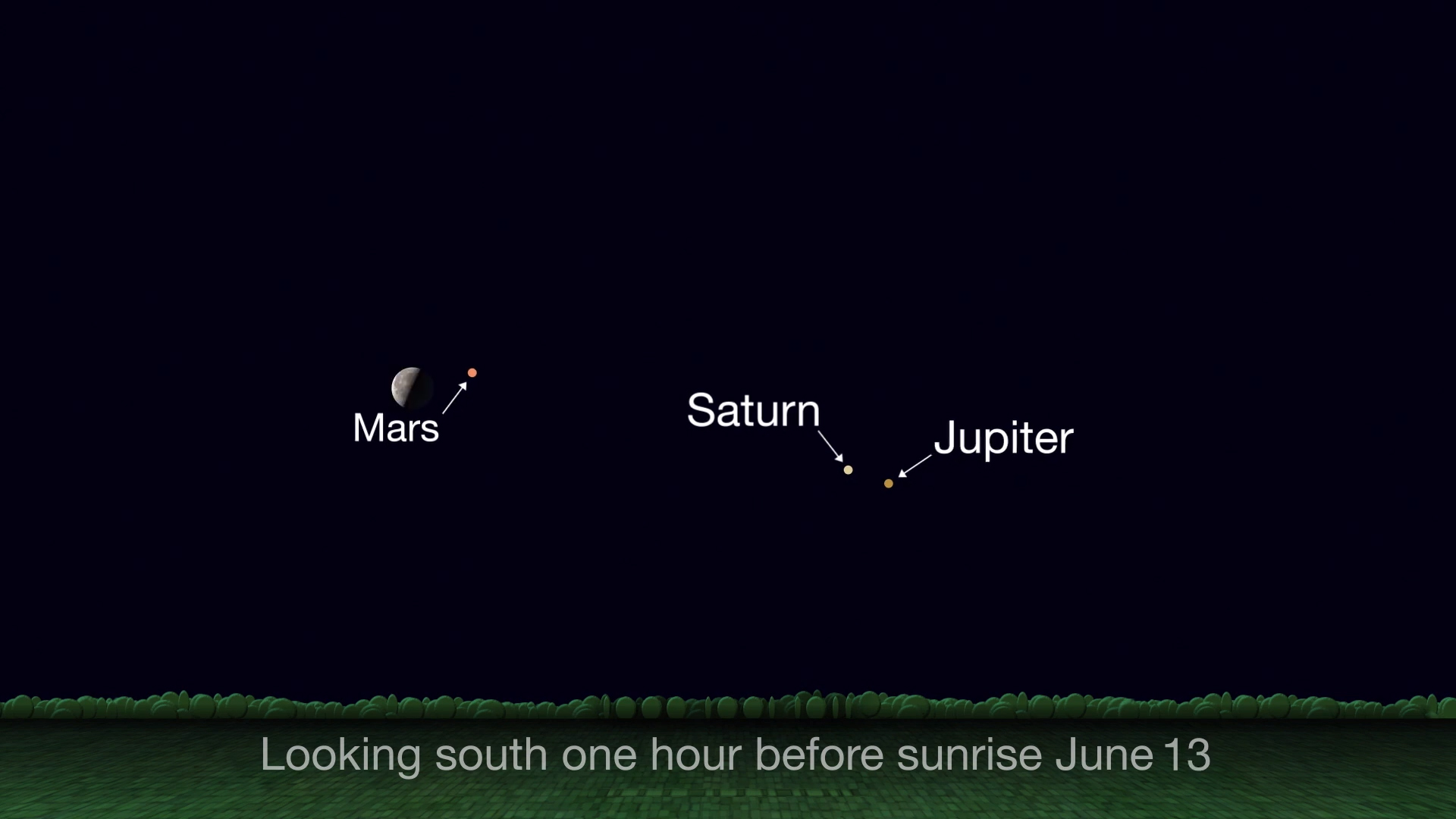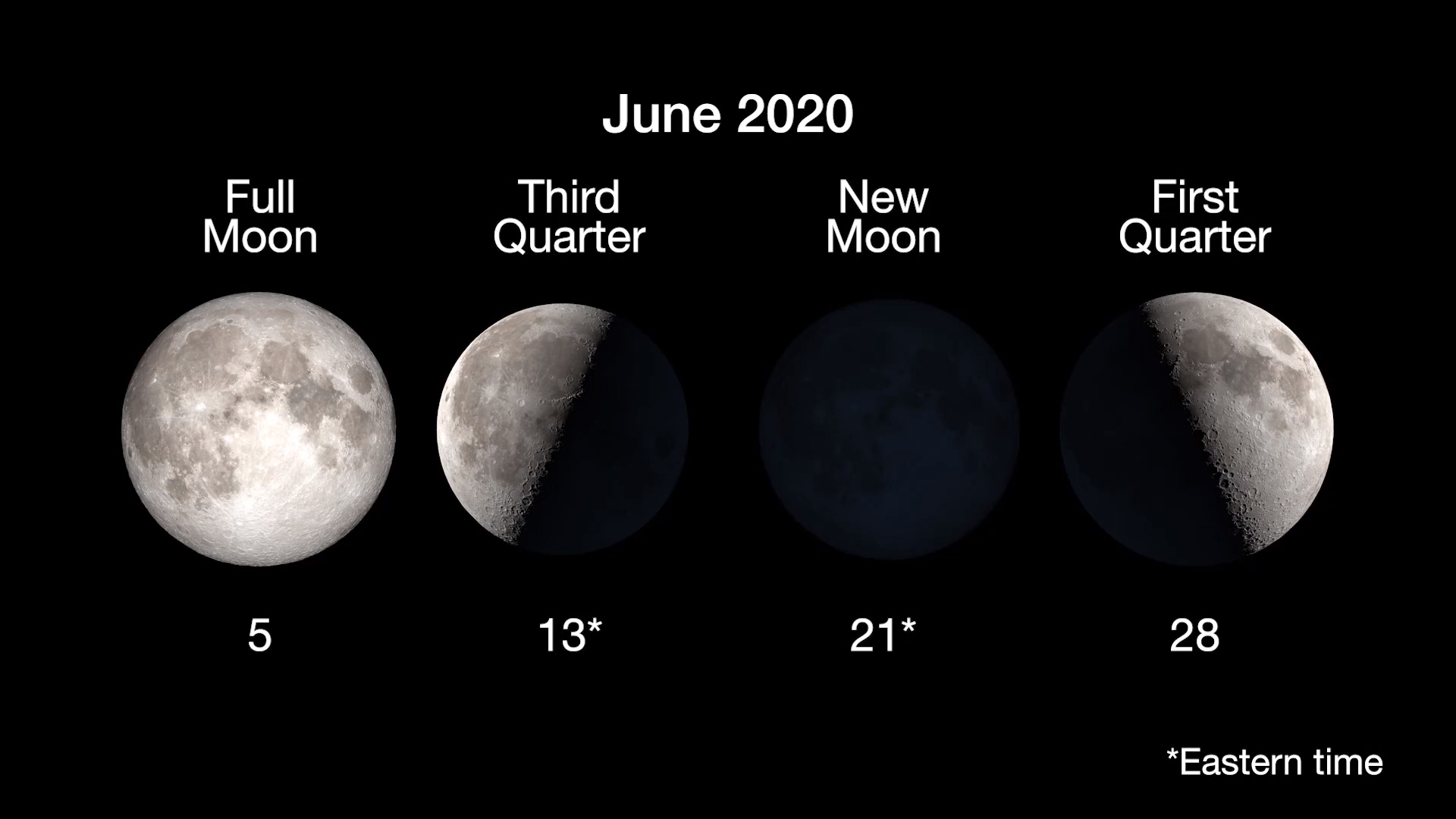What’s Up: June 2020 [Video]
| Credit | NASA/JPL-Caltech |
|---|---|
| Language |
|
What are some skywatching highlights you can see in June 2020? Look for the Summer Triangle rising in the east after sundown, keep tabs on the morning planets and June 20 brings the solstice.
› More skywatching info for current month
Transcript
What's Up for June? The stars of the summer triangle, the June solstice, and checking in with the planets in the predawn sky.
One of the easiest sights to spot this time of year is the Summer Triangle. Like the Big Dipper and the Teapot, it's what's called an asterism — a familiar pattern of stars that isn't one of the 88 official constellations.
The Summer Triangle is made up of the three very bright stars Vega, Altair and Deneb. This means it's visible even in areas that have a lot of light pollution. The Summer Triangle is a helpful guidepost for the location of the Milky Way, since part the galaxy's dense band of stars stretches between Vega and Altair. And the area between Vega and Deneb is also special, because it's the part of the sky where NASA's Kepler mission pointed its telescope and discovered thousands of exoplanets.
To find the Summer Triangle in June, look toward the east in the couple of hours after sunset. By midnight it'll be relatively high in the sky, climbing upward each night throughout summer. And by August, it'll be directly overhead if you step outside to have a look around 9pm. So keep an eye out for the Summer Triangle throughout the season.
The June solstice is on the 20th, meaning summer is here in the Northern Hemisphere, while winter has come to the Southern Hemisphere. Over the course of each year, the Sun's path across the sky changes a little bit each day. Depending on what time of year it is, that path is always getting a little bit higher or lower in the sky. Except on the solstices. The solstices are the moments in June and December when that movement stops, and the Sun's path starts heading in the other direction. This apparent shift — and the seasons themselves — are caused by Earth's tilt as it orbits the Sun. What's actually shifting is the angle of your view toward the Sun, depending on how far north or south of the equator you live.
Most planets in our solar system have seasons, and solstices, too. At Mars, instead of every six months, the solstices are just under one Earth-year apart. And at Saturn, the solstices are 15 Earth-years apart.
And speaking of other planets, during the second week of June, look toward the south in the predawn sky to spot Jupiter, Saturn, Mars and an increasingly slim crescent Moon forming a lineup, with the Moon ending up just below Mars on June 13. These planets are now rising earlier in the night, so by dawn they're making their way farther across the sky than they were a couple of months ago.
Mars also continues to move farther apart from Jupiter and Saturn — the Red Planet was rising together with Saturn at the start of April, but by the beginning of June, Mars is rising a full three hours later than the ringed planet. This year's parade of morning planets is a great example of how your view of the solar system from your doorstep changes month to month, as both Earth and the other planets move along in their orbits around the Sun.
Here are the phases of the Moon for June. You can catch up on all of NASA's missions to explore the solar system and beyond at nasa.gov. I'm Preston Dyches from NASA's Jet Propulsion Laboratory, and that's What's Up for this month.
Images from this video





